Hedges - introduction
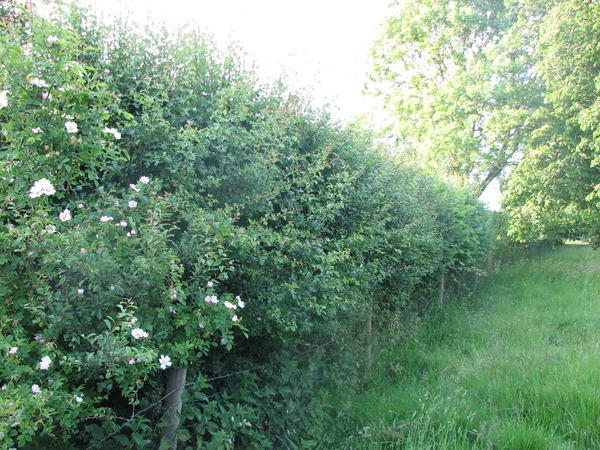
“Hedges were exploited for shelter, firewood, coppice timber, wild foods such as blackberries and hazelnuts, and small game. By medieval times these products were codified in law, with ‘hedgebote’ being the right of commoners to use the hedgerow for fuel and branches to feed their stock in winter. ” – J L Beddall
Contents
What are hedges?
Hedges are living boundaries made by planting a row of trees, and later cutting them in a special way and ‘laying’ the stems to create a hedge – a barrier that can last for thousands of years if maintained well. They’re more of a lowland phenomenon – with dry stone walls often being used in higher areas such as the Yorkshire Moors and Dales.

Different styles of hedgelaying emerged from different parts of the country. The prevalent style is Midland, in which the stems are laid at angle, giving the hedges height and making them a barrier for cattle. In the South-West, where the livestock is predominantly sheep, the stem is cut and laid horizontally, which doesn’t give as much height.
There are several other styles, and in Devon and Cornwall there are often hedge-banks, partly because poor soil prevents the growth of vigorous hedges, and partly because sites are exposed. They’re hard work, but were built centuries ago, to mark out very small holdings.
Hooper’s Rule states that you can tell the age of a hedge by the number of different species in a 30-yard length (excluding ivy) – each species representing a century. There are major exceptions to this rule, because after the enclosures of common land, landowners often planted hedges with almost all hawthorn, because the thorns kept the commoners out. Also, new hedges are often planted with a mix of different species.
There are ancient hedges scattered across the country – often where agricultural land is poor and there hasn’t been intensive farming. Exmoor is a good example, where there are a number of very old hedges. There are still Anglo-Saxon hedges alive and well in the UK, which is the epicentre of hedges – mainly because of the complicated history of enclosures. After WW2, the growth in industrial agriculture meant that thousands of miles of hedges were removed – although there’s been a revival in recent years.
What are the benefits of hedges?
These days, it’s much cheaper and easier for a farmer to install a wire fence than to plant and manage a hedge. There are grants to encourage hedge planting and laying, but there are also plenty of benefits – for smallholders really, rather than industrial farms.
Hedges provide numerous benefits to livestock, including, previously, protection from large predators (bears existed in the UK until the early Middle Ages, and wolves until the 15th century in England and maybe 300 years later in Scotland) – especially the youngsters. They also provide windbreaks, plus additions to their diet – animals love to nibble on hedges. They help stop the spread of diseases in animals, as they can’t touch each other through a hedge, as they can with a fence.

Hedges provide food for humans too – blackberries, sloes, hazelnuts, hops, rose hips etc.
Hedges are a boon for wildlife, such as hedgehogs, insects, amphibians, birds, voles and shrews, snakes, lizards etc., providing food, shelter, blossom for pollinators, and corridors for movement.
They also store carbon and prevent soil erosion.
In cities, hedges are good at combatting pollution. They’re better than trees for absorbing particulates, as their leaves are at exhaust level, rather than up in the canopy. The privet around urban gardens is a cultivar bred from the native privet, which is also used in hedging.
They also add beauty to the landscape (at least something good came out of the horror of the enclosures).

What can I do?
You can decide to plant a hedge around your field, your smallholding or your urban garden (brick walls or fences with concrete posts don’t have the benefits mentioned above). If you’re serious, get a good book or attend a course (see resources). Search online for current grants for hedge planting and laying. Meanwhile here’s some basic information for inspiration.
Species
Get hedge plants from a specialist nursery. The important thing is that the plants are native species, which will be most useful to wildlife; but also that they’re grown in the UK, from UK stock. Then genetically, plants will be suited to UK conditions and wildlife, they don’t have to be transported as far, and you won’t be importing any plant diseases or pests. Suppliers aren’t obliged to tell you where plants come from, so you’ll need to ask; or go to a nursery that you know is growing the plants, rather than just re-selling. Do a bit of research to find them.
Hawthorn tends to be the main hedge species sold, but you can also choose plants to attract particular wildlife species – hazelnuts for dormice, for example; or species that flower early, to provide nectar for bees when there might not be much else around – cherry plums can flower in February. You can also plant species to provide food, like damson or plum.
For smallholders wanting stock-proof hedges, hawthorn grows quickly and has thorns, and blackthorn is good because it suckers, which thickens the base of the hedge (less useful in urban settings as you could get blackthorn suckers coming up all over your lawn).
Roses are good too – they can’t be laid, but provide beauty with their flowers, and can fill in gaps and add bulk to the hedge. Field maple is a classic hedge species; plus there’s spindle for calcareous soil, and dogwood or willow for wetter areas. But you can use almost any species for hedging.

Planting
First prepare the area you’re going to plant, by clearing it of grass and weeds (which will take all the nutrients from new hedge plants). Make a strip up to a metre wide, and try to keep it as weed-free as possible.
Planting takes place in winter (as does laying), when the plants are dormant. Plant five plants per metre, typically in a double, staggered row – with around 50cm between the rows, although this can vary depending on how much space you have.
Laying
Before laying your hedge, you need to let it grow to around 2 metres tall, which might take 3-5 years. Once it’s laid, you can keep it in shape by trimming it, and then lay it again after maybe ten years. You can reckon on laying around 10-20 metres of hedge per day, depending on the hedge’s condition (and yours!).

Laying a new hedge is much easier than renovating an old hedge. With an old hedge, you’ll probably need a chainsaw, as the stems can be quite thick. With a new hedge, the stems will be much thinner and you’ll only need a billhook or a small axe or pruning saw. You’ll also need a slasher for pulling out brambles and other undergrowth, plus a mallet for Midland syle (and sometimes for Devon or Dorset style), for hammering in the stakes. You can use secateurs to prune side shoots and thorny twigs – but it’s a medieval skill, so it’s not high-tech.
The stems are cut diagonally – almost all the way through as they’re laid. It’s quite surprising the first time you see it – it looks as though the hedge will die. But it doesn’t. Smallholders might do a portion of their hedges each year, rather than trying to do it all at the same time – less drastic and more fun. Plus if you use a contractor, it’s best to spread the cost over several years.
Midland style: stems are laid at a 45 degree angle, often against vertical willow stakes (which themselves take root), tied in with horizontals to make a framework. This makes a strong, tall barrier for cattle. Hedges can be stock-proof immediately after laying, but it depends on the determination and strength of the stock (or if they’re goats, anything could happen). You can plant a hedge next to a fence, and as long as you maintain the hedge, it will remain stock-proof long after the fence has gone.
If hedges aren’t managed and laid, the plants grow up and out, and you end up with a line of small trees – which is fine if that’s what you want – but it won’t be stock-proof. But you can leave standard trees to grow out of the hedge (any species), at least 20 metres apart; but remember that really big trees will shade and stunt the growth of the hedge around them.

You can plant a hedge around your urban garden, rather than fence panels or walls (including possibly a ‘fedge’ – a cross between a fence and a hedge, made of living willow). The benefits mentioned above apply, as well as the fact that hedges are baffles rather than impervious windbreaks, and so they don’t get blown over, as fence panels sometimes do. But it’s not an immediate fix. Some species grow faster than others, but it still takes time to grow. But if you have an old fence that will need to be replaced, you could plant a hedge next to it, and by the time the fence dies, the hedge will be there to take its place.
Specialist(s)
Thanks to Nick Mann of Habitat Aid for information & pics.
The specialist(s) below will respond to queries on this topic. Please comment in the box at the bottom of the page.

Nick Mann has lived in Somerset since 2001, from where he runs his business Habitat Aid. Through selling hedge plants he became interested in hedgelaying (which he learnt to do locally) and the history and role of hedges in the landscape. He writes on this and other gardening and environmental topics.

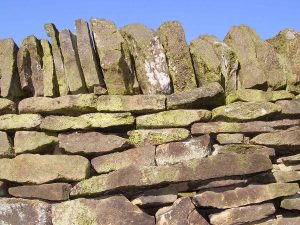
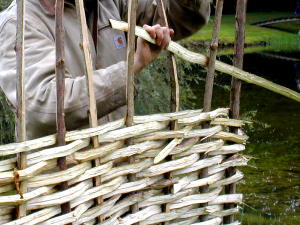
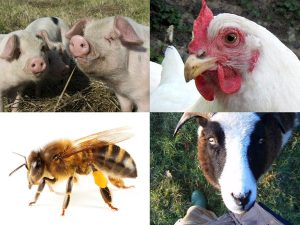

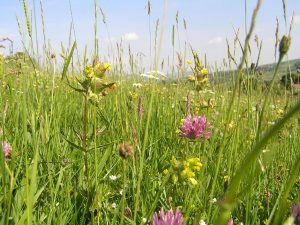
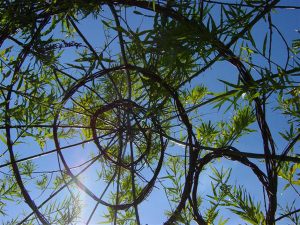
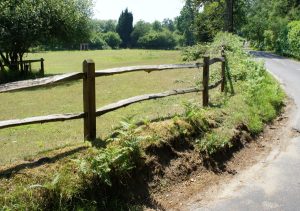
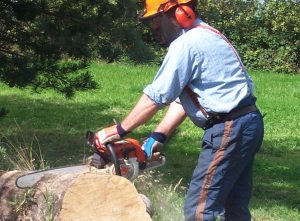
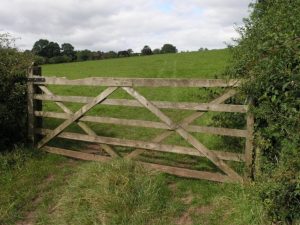
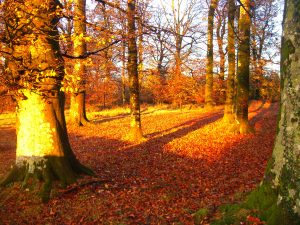
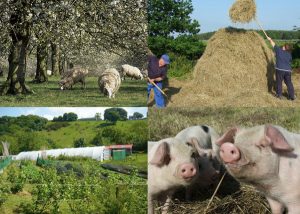
1 Comment
I stumbled upon this article on hedges while researching eco-friendly landscaping options, and I’m so glad I did! The information on the benefits of hedges for the environment, such as providing habitat for wildlife and reducing air pollution, was eye-opening. I also appreciated the tips on how to maintain a hedge in a way that is both practical and environmentally conscious, such as using natural methods to control pests and diseases. This article has inspired me to consider adding a hedge to my own garden as a sustainable landscaping solution. Thanks for the great insights!